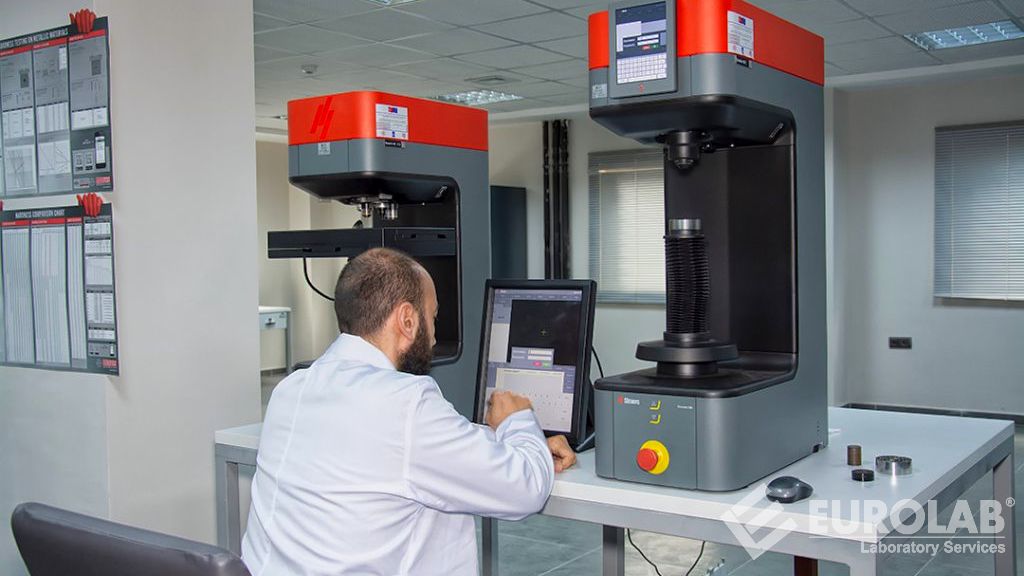


The FLTM BO 162-01 standard, developed by Ford Motor Company (FORD), describes a test method for determining the resistance to scratching, whitening, and deterioration on the surfaces of plastic or other materials used in vehicles, under standard conditions. Acceptance criteria and ratings for scratch, whitening and staining assessment according to this standard can be selected independently depending on the application.

Scratching, whitening and deterioration are types of mechanical surface damage that can occur to surfaces during normal use and handling, shipping or assembly procedures.
Scratch resistance is the resistance of a solid body to being penetrated by an edge or ridge on a second body moving across its surface. Scratches are usually associated with a single occurrence on the sample surface. Normal scraping includes deformations such as scuffing, but may also include material cracking, peeling, and removal. In contrast, deterioration is the term used to describe relatively fine surface scratches characterized by superficial damage, often scattered over a relatively large area, that typically degrades the appearance of the surface coating. It is correct to think of degradation resistance as a surface property, whereas scratch or abrasion resistance includes the body of the material.
During scratch and distortion resistance tests, a stylus with a given geometry is scratched along the sample surface at a known speed and with a known force. The purpose of most scratch or deterioration resistance studies is to determine the behavior of the material under certain test conditions, to establish a relative ranking of similar materials, or to determine the failure limit of a surface coating. This information is then used to better understand material surface properties and performance characteristics.
Similar to wear tests, the amount of scratch damage on a material surface can be affected by test parameters such as stylus composition and geometry, loading and scratch rate, and requires an appropriate procedure to minimize these effects. Improper insert geometry selection and loading conditions often produce more serious damage than in-service damage, resulting in misleading results.
Among the numerous test, measurement, analysis and evaluation studies it provides for businesses in various sectors, our organization also provides scratch and deterioration resistance testing services within the scope of FLTM BO 162-01 standard, with its trained and expert staff and advanced technological equipment.
